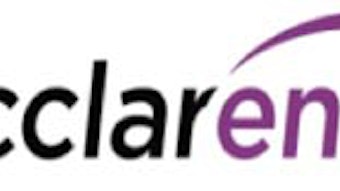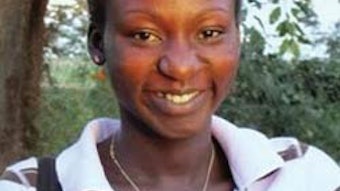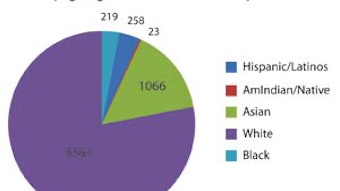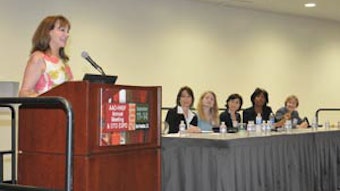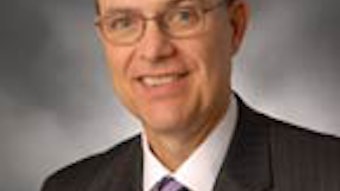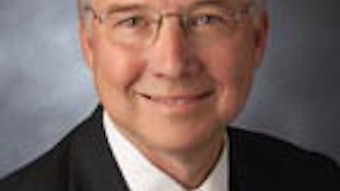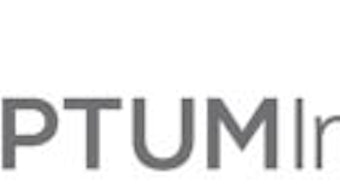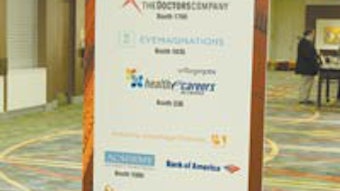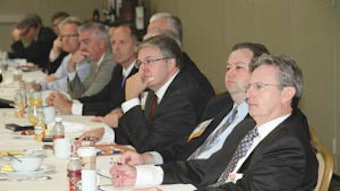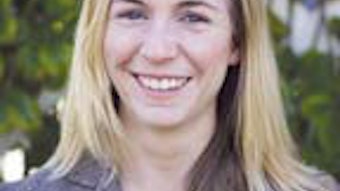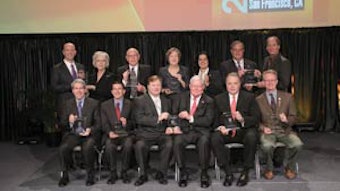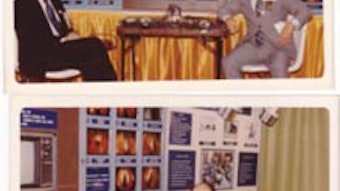Your Guide to Building a Successful Practice Website
Provided by AAO-HNS Academy Advantage Partner, Officite In an era that relies heavily on the Internet for information, the decision to build a website could very well be one of the most important marketing decisions your practice ever makes. A strong Internet presence is the most powerful source for better communicating, educating, and attracting a new generation of web-savvy patients who increasingly identify the Internet as central to their lives. Find a Website Expert To get started, partner with a company that specializes in websites and online marketing for medical practices. Officite, provider of websites to the healthcare community, understands your industry and has a proven track record of building websites and implementing Internet marketing campaigns, such as social networking and search marketing, tailored to best serve a physician’s needs and goals. Attention-getting Designs and Compelling Content Your website says a lot about you, and it’s often the first impression a new or referred patient will have of your practice before deciding whether or not to make an appointment. With that said, if you’re thinking about investing in a website, you need to make sure it is built with attractive design elements, easy navigation, and valuable patient resources. More than an online brochure, your site’s content must clearly and concisely communicate your practice’s capabilities and expertise. Give visitors the information they’re looking for, including staff bios, hours, office directions, and service descriptions. Officite websites allow you to incorporate online appointment requests, downloadable patient forms, and click-to-contact features, which allow patients to conveniently access your office 24/7. As an AAO-HNS member, you will also have exclusive access to add trusted patient education from the AAO-HNS to your Officite website. Measure Your ROI How will you determine if your website is driving new patients to your practice? With Officite, you gain access to a wide array of web statistics that quantify your website’s effectiveness. From the Doctor Portal, you can monitor key statistics, such as new patient appointment requests and integrated Google analytics. These web statistics give you a clear picture of how well your website is performing. A website is a powerful lever that you can use to attract and engage existing and referred patients. Combined with attractive design elements, compelling content, and advanced tracking tools, you’ll find that a professional website can lead to increased case acceptance and remarkable growth for your practice. AAO-HNS Academy Advantage Partner Officite offers a new member benefit: premium practice websites and a full, turnkey Internet strategy, including local search engine optimization, pay-per-click advertising, blog management, social networking, and patient reviews management. To learn more, visit www.websitesforents.com or call 1-877-889-4042.
Provided by AAO-HNS Academy Advantage Partner, Officite

Find a Website Expert
To get started, partner with a company that specializes in websites and online marketing for medical practices. Officite, provider of websites to the healthcare community, understands your industry and has a proven track record of building websites and implementing Internet marketing campaigns, such as social networking and search marketing, tailored to best serve a physician’s needs and goals.
Attention-getting Designs and Compelling Content
Your website says a lot about you, and it’s often the first impression a new or referred patient will have of your practice before deciding whether or not to make an appointment. With that said, if you’re thinking about investing in a website, you need to make sure it is built with attractive design elements, easy navigation, and valuable patient resources. More than an online brochure, your site’s content must clearly and concisely communicate your practice’s capabilities and expertise. Give visitors the information they’re looking for, including staff bios, hours, office directions, and service descriptions.
Officite websites allow you to incorporate online appointment requests, downloadable patient forms, and click-to-contact features, which allow patients to conveniently access your office 24/7. As an AAO-HNS member, you will also have exclusive access to add trusted patient education from the AAO-HNS to your Officite website.
Measure Your ROI
How will you determine if your website is driving new patients to your practice? With Officite, you gain access to a wide array of web statistics that quantify your website’s effectiveness. From the Doctor Portal, you can monitor key statistics, such as new patient appointment requests and integrated Google analytics. These web statistics give you a clear picture of how well your website is performing.
A website is a powerful lever that you can use to attract and engage existing and referred patients. Combined with attractive design elements, compelling content, and advanced tracking tools, you’ll find that a professional website can lead to increased case acceptance and remarkable growth for your practice.
AAO-HNS Academy Advantage Partner Officite offers a new member benefit: premium practice websites and a full, turnkey Internet strategy, including local search engine optimization, pay-per-click advertising, blog management, social networking, and patient reviews management. To learn more, visit www.websitesforents.com or call 1-877-889-4042.
